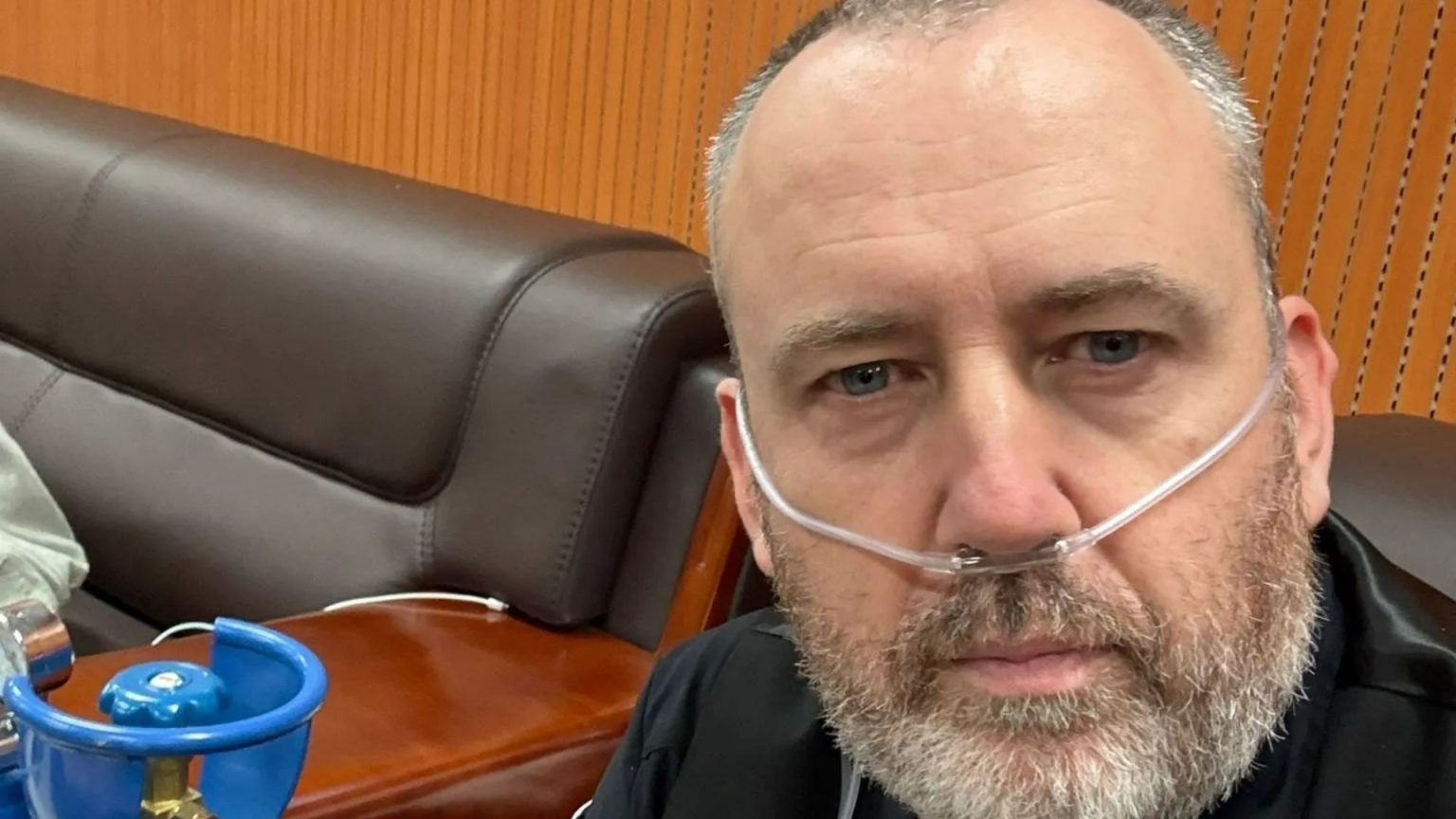Snooker legend Mark Williams recently caused a stir among fans after sharing a concerning image on social media. The picture, taken during an exhibition match in Tibet, showed Williams with oxygen tubes inserted into his nostrils, connected to a large oxygen tank in the background. The 49-year-old Welshman appeared visibly fatigued, prompting worried inquiries from his followers. His caption, “Oxygen was needed at the interval. Was going to fall over on the first frame,” further fueled concerns about his well-being. Fans flooded his post with messages expressing their worry and wishing him a speedy recovery, with some even expressing their hope that he would be fit for upcoming tournaments like the Masters.
The image and caption created a wave of speculation regarding Williams’ health, with many assuming he had fallen ill. However, the three-time world champion quickly clarified the situation, revealing a plot twist. The oxygen supplementation was not due to any illness, but rather a necessary precaution due to the high altitude of Lhasa, Tibet, where the exhibition match was taking place. Lhasa, situated at an elevation of 3,656 meters (approximately 12,000 feet) above sea level, presents a significant challenge for individuals not acclimatized to such extreme altitudes. The thin air at these heights contains significantly less oxygen, making it difficult for visitors to breathe normally and perform strenuous activities.
Williams explained to concerned fans that the oxygen was essential for functioning at that altitude, stating, “I’m in Tibet playing, if you don’t take oxygen it’s goodnight.” He reassured everyone that he was not sick, simply adapting to the challenging environment. This incident highlights the physiological challenges posed by high-altitude environments and the importance of acclimatization for visitors. The lower air pressure at high altitudes means that each breath contains fewer oxygen molecules, leading to hypoxia, a condition characterized by a deficiency in the amount of oxygen reaching the tissues.
The human body has mechanisms to adapt to high altitude, but these adaptations take time. Initially, the body compensates by increasing breathing rate and heart rate to deliver more oxygen to the tissues. Over time, other adaptations occur, such as increased production of red blood cells, which carry oxygen throughout the body. However, for short-term visits to high altitude, supplemental oxygen is often necessary to prevent altitude sickness. Symptoms of altitude sickness can range from mild, such as headache, fatigue, and dizziness, to severe, including high-altitude pulmonary edema (HAPE) and high-altitude cerebral edema (HACE), which can be life-threatening.
Williams’ experience underscores the importance of understanding the effects of altitude and taking appropriate precautions when traveling to high-altitude regions. For athletes like Williams, competing at such altitudes presents an additional challenge. The reduced oxygen availability can significantly impact performance, leading to decreased endurance and increased fatigue. Therefore, acclimatization and oxygen supplementation are crucial for athletes to perform at their best in these environments.
The incident serves as a reminder of the remarkable adaptability of the human body, but also its limitations in extreme environments. It also highlights the importance of clear communication, as Williams’ initial post inadvertently sparked concern among fans until he clarified the situation. The anecdote provides a glimpse into the unique challenges faced by athletes competing in unusual and demanding environments, reminding us of the physiological factors that can impact performance beyond skill and training.


